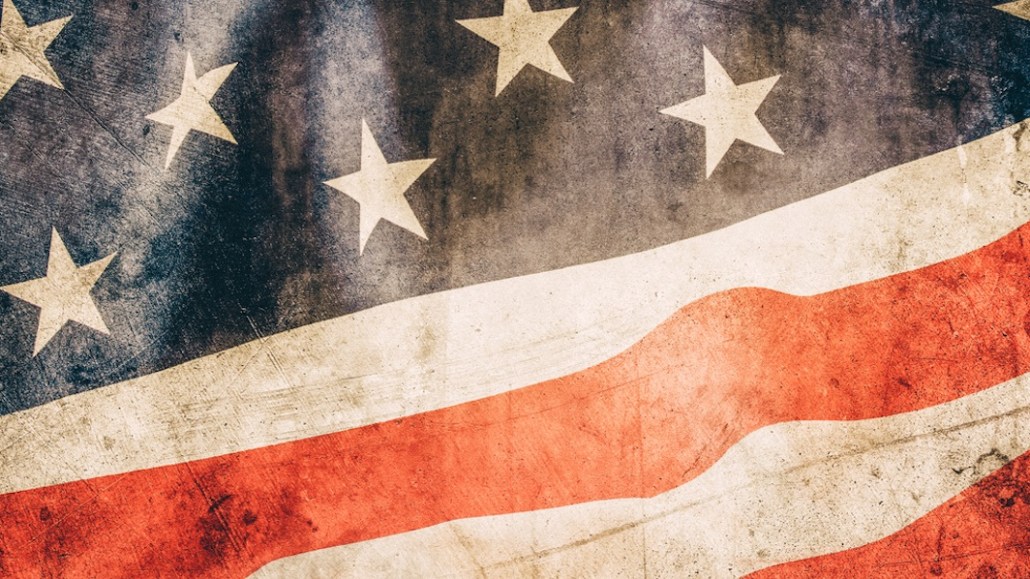Save 50% on a 3-month Digiday+ membership. Ends Dec 5.

Marketers are newly concerned with the large, diverse swath of Americans who live in flyover country. After the presidential election, there has been a kind of awakening to these customers and the power they wield, as well as the realization that brands and their agencies rarely speak to them.
Here are four charts on those Americans.
In a national survey of 1,800 Americans all 50 states, 26 of which are considered “heartland,” a Fluent survey found that Americans in the heartland are more likely to shop companies that outwardly share or exemplify “core values” that they ascribe to.
The interesting thing is that heartlanders and coastal Americans both share very similar values. But heartland Americans place more importance (53 percent versus 48 percent) on buying from brands that demonstrate them. “Families are important for both, but for heartland Americans, it’s way more important to make a purchase with a brand that agrees with that,” said Tanya Levina, research director.
Data also found that all Americans valued quality of product, but for heartland customers, brands that produced goods in the U.S. were valued more.
How coastal Americans and heartlanders shop differs slightly as well. Shopping is a more “social” activity for those in the heartland, so that group is likelier to hear from friends and family about new products, according to Fluent CMO Jordan Cohen.
“The one key takeaway is that not so much that advertisers should spell out beliefs in their advertising, but that they need to keep audiences in mind when designing that message,” said Levina.
Ad position: web_incontent_pos1
“The large differences are when it comes to media consumption,” said Levina. Data supports this. Overall, 57 percent of Americans said they made an online purchase in the past six months, and 43 percent made a purchase on their smartphone in the same time. But heartland Americans are less likely to buy things online.
The way customers think about brands is different, too. Urban and suburban dwellers — whether in the heartland or on the coasts — care about branded things and will pay for a brand name. “Rural” customers don’t as much, creating an opportunity for brands to change messaging to focus on price.
More in Marketing

Ulta, Best Buy and Adidas dominate AI holiday shopping mentions
The brands that are seeing the biggest boost from this shift in consumer behavior are some of the biggest retailers.

U.K. retailer Boots leads brand efforts to invest in ad creative’s data layer
For media dollars to make an impact, brands need ad creative that actually hits. More CMOs are investing in pre- and post-flight measurement.

‘AI is permeating everything we do’: How Guitar Center developed 2 AI tools this year
This summer, the company launched a chatbot called Rig Advisor to help customers find the right instruments and products.
Ad position: web_bfu





